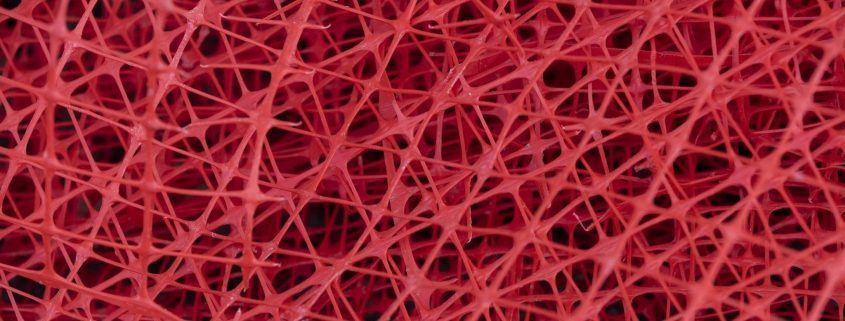Plastic Reduction for the Already Savvy Environmentalist
Every day, millions of Americans do it, teach their children about it, and quite possibly think they’re doing enough of it. It’s plastic reduction, and the truth is, there’s more we could be doing. Right now, the biggest plastic-waste landfill is not on land. It’s in the Pacific Ocean, and it’s estimated to be the size of Texas or bigger.
Toting our recycle buckets to the curb on trash pick up day isn’t enough. We have to keep renovating what the word recycling means. Here are a variety of ways to expand our plastic reduction efforts beyond water bottle recycling.
Take your own bags to the store
With up to 500 billion to 1 trillion plastic bags used annually worldwide, combined with the fact most recycling programs do not consider them acceptable recyclables, plastic bags are the number one villain in the plastics reduction fight. There’s no good way to safely dispose of them. Solution? Don’t use them. Stores have been selling cloth alternatives for years, for as little as a dollar each. But don’t stop with the bags at the checkout counter; most of us put our produce in plastic bags without thinking about it. These are thinner and break into smaller microplastics faster, but they still do not biodegrade.
Familiarize yourself with what kinds of plastic are recyclable
Most recycling centers accept plastic Nos 1, 2, and 5, which make up water bottles and leftovers containers. Plastic Nos 3, 4, and 6 are moderately recyclable, like disposable cups and shower curtains. This leaves plastic No 7, a mishmash of different types of plastic nearly impossible to recycle. Total avoidance of 7 and careful usage of the others according to their recyclability can help.
Make liberal use of bulk bins
Purchasing items like cereal, rice, pasta, nuts, coffee, beans and even dried fruits limits the amount of packaging you’re taking home. Many stores have various methods of deducting the container weight, so you can often bring in your own bags to transport your bulk items home.
Plastics are in things you’d have never considered
Did you know chewing gum contains plastic? Gum started out as a tree sap known as chicle, but scientists in the mid-century began to replace it with synthetics. There are places that will recycle your gum, but perhaps it’s better to avoid it—and the plastic packaging it comes in—altogether. Face washes and scrubs and toothpastes also contain little beads of plastic, added as exfoliators. Wastewater plants aren’t equipped to filter them out, so they end up in our water supply. There are sustainable alternatives, however, so check ingredients lists on the products and avoid the ones with polypropylene and polyethylene.
Bring your own thermos or refillable bottle and straw
Most paper cups are coated in a layer of plastic intended to preserve the cup for the time it takes to consume the drink, so while you think you’re drinking green, you’re not. Not to mention the lids and stirrers people think nothing of discarding. Bringing your own thermos eliminates this problem, and asking your waiter or waitress at a restaurant to skip the straw is usually no skin off their nose.
Recycle electronics responsibly
We all love getting a new camera or laptop or TV, but what do we do with the one we’re replacing? It depends on how functional it still is, but if it’s broken, take the time to find a responsible electronics recycler who’s just as concerned about the environment as you are.
It’s easy to reduce plastic use on a regular basis with a little practice. Ensure good habits and encourage your family, children, and friends to do the same.








